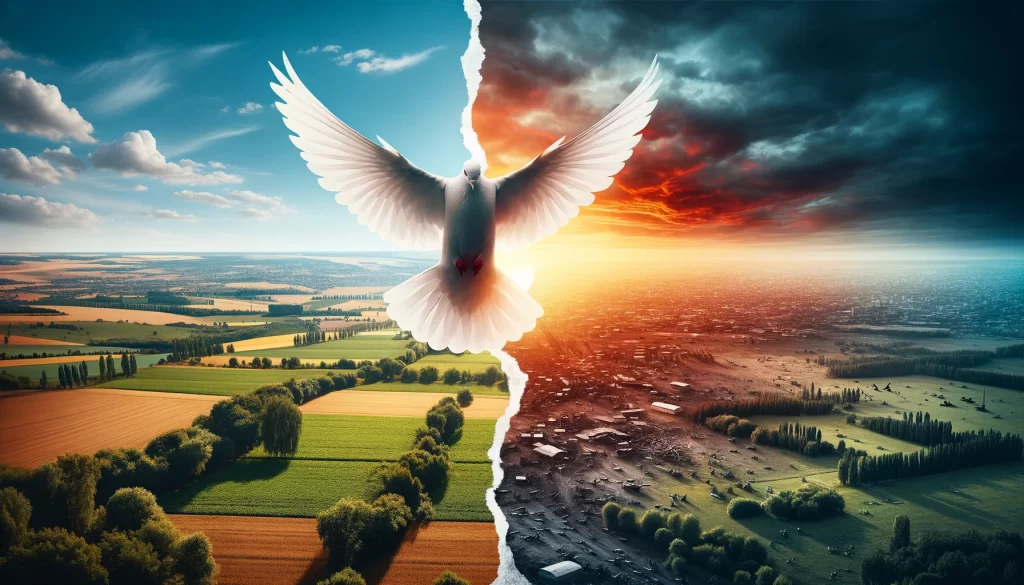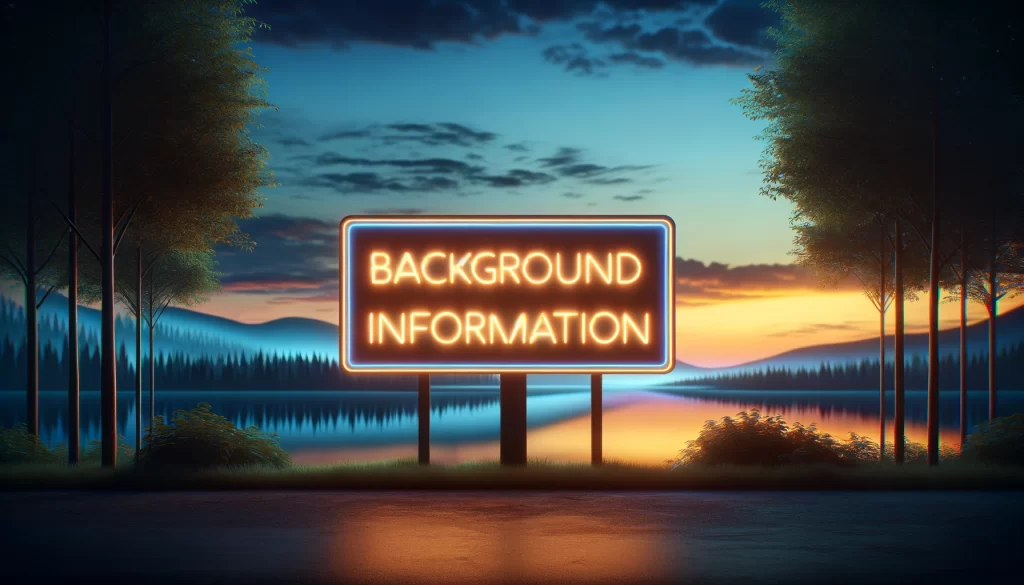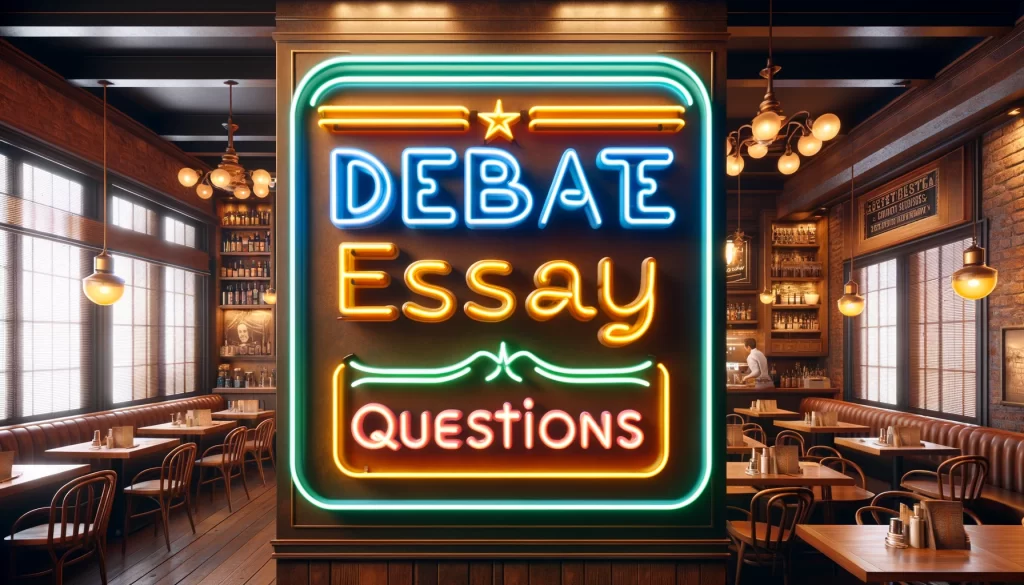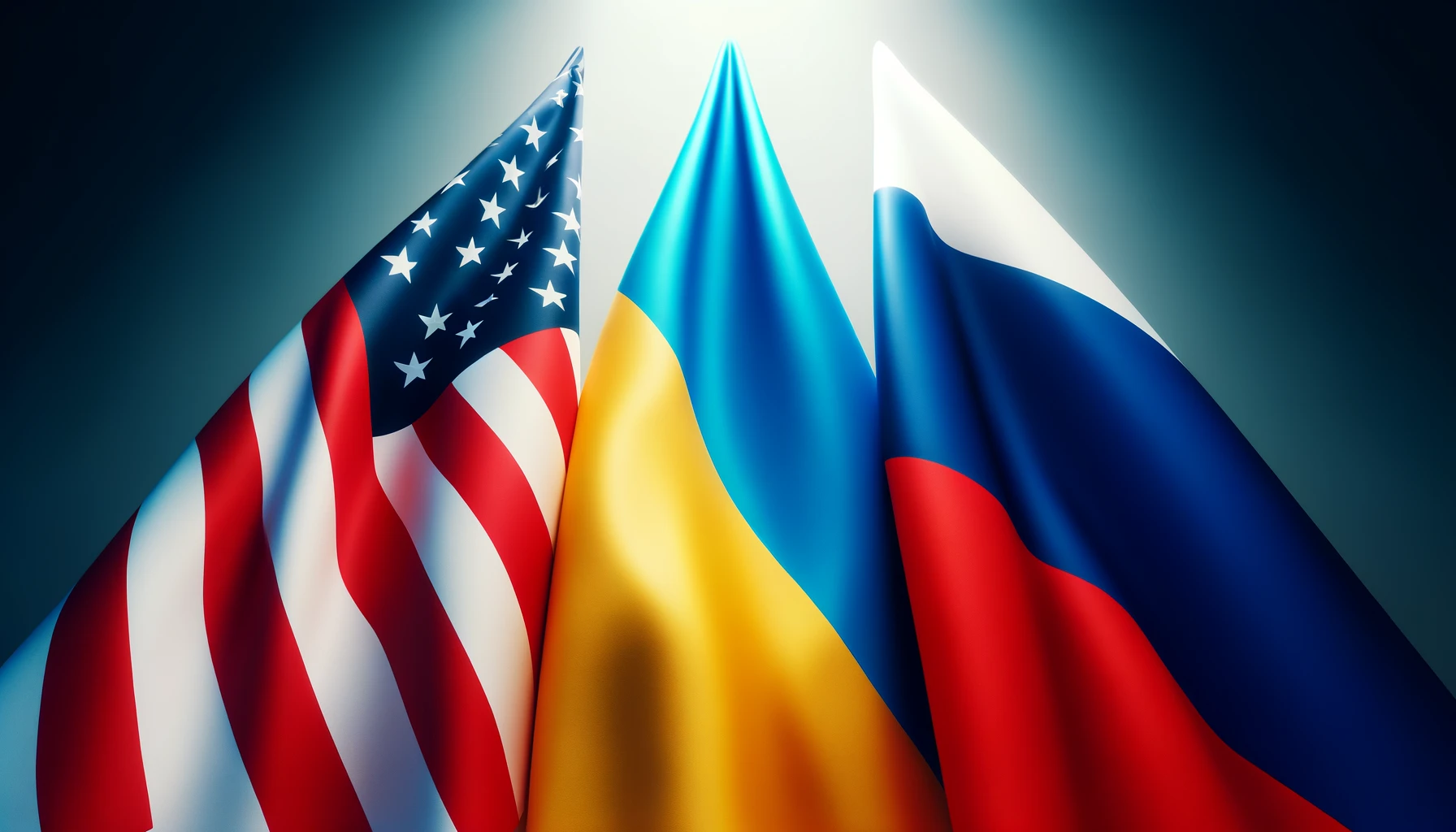According to people who know about it, former President Donald Trump has shared a controversial idea: he believes he could end the conflict between Russia and Ukraine by pushing Ukraine to hand over parts of its land to Russia. This suggestion involves two specific areas, Crimea and the Donbas region, areas that have been at the center of tensions. Trump’s approach, which has been discussed among those close to him and his advisors, suggests a significant shift from the current U.S. stance led by President Biden. Biden’s strategy focuses on stopping Russia’s aggressive moves and supporting Ukraine with military aid.
Trump, eyeing a comeback in politics, claims he could broker a peace deal between Russia and Ukraine incredibly quickly, even suggesting he could do so in less than 24 hours if he were to be elected again. However, he hasn’t shared the specifics of his plan publicly. This lack of detail leaves many wondering how he would achieve such a swift end to a conflict that has been ongoing for over two years and resulted in the loss of tens of thousands of lives.
Those in Trump’s circle have pointed out that his foreign policy priorities include dealing with the challenge posed by China and finding ways to decrease Russia’s growing reliance on China for military and economic support. Part of their strategy also includes limiting the expansion of NATO, a military alliance between North American and European countries.
Trump believes that both Russia and Ukraine are looking for a dignified way to end the conflict. He thinks that some people in Ukraine might not oppose becoming part of Russia. Yet, accepting Trump’s idea could mean extending the power of Russian President Vladimir Putin, especially after Europe’s most significant conflict since World War II. Some of Trump’s supporters are trying to convince him to rethink this approach.
Senator Lindsey Graham, who has become an ally of Trump after previously criticizing him, mentioned that he has been actively discussing the Ukraine situation with Trump, emphasizing the need to hold Putin accountable and not let him emerge victorious from this situation.
The idea of trading Ukrainian territory for peace has been met with skepticism. Experts like Emma Ashford from the Stimson Center, a nonpartisan research organization, argue that such a deal could leave Ukraine in a vulnerable position, without guarantees that Russia wouldn’t just rearm and start the conflict anew.
The Trump campaign has not directly responded to inquiries by the Washington Post about this plan. A campaign spokesperson stated that any speculation about Trump’s strategy is based on information from unnamed sources who are not privy to Trump’s actual plans, insisting that Trump is focused on ending the violence.
Meanwhile, President Biden has described Putin’s actions as aggressive and destabilizing, not just for Ukraine but for Europe as a whole. Biden has committed to supporting Ukraine, including enhancing its military capabilities to better defend itself and possibly take the offensive. However, this support faces challenges domestically, as some U.S. lawmakers oppose additional funding for Ukraine, putting future aid in jeopardy.
Since leaving office, Donald Trump has urged Republicans in Congress to stop further U.S. help for Ukraine’s defense efforts. If he returns to the presidency, he could have even more sway over this issue. Watching the political situation in the U.S., European countries have stepped up their military production, hoping to replace a lot of the aid that the U.S. currently gives to Kyiv. However, experts believe that without continued U.S. support, Ukraine’s ability to keep fighting could be at risk.
Trump’s way of handling foreign affairs, marked by his love for big meetings, belief in his negotiation skills, and disregard for traditional diplomatic ways, was noticeable during his presidency. Over his time leading the Republican Party, he’s made the party more cautious about getting involved in other countries’ issues, like providing military support to Ukraine. He has often praised Russian President Putin, admired his control, and avoided criticizing him, even when faced with significant events like the death of political rival Alexei Navalny in jail. Trump hasn’t demanded freedom for Evan Gershkovich, a Wall Street Journal journalist who has been held in Russia for a year without being charged.
Trump denies Russia’s meddling in the 2016 U.S. election, wrongly accusing Ukraine of trying to assist his opponent, Hillary Clinton. His attempt in 2019 to withhold aid to Ukraine unless its president announced an investigation into Biden led to Trump’s first impeachment. In a call with Ukraine’s president, which Trump described as “perfect,” he pushed for an investigation into Biden and a debunked theory that Ukraine, not Russia, interfered in the 2016 election. Despite this, the Senate, controlled by his party, acquitted him.

“Trump’s strange and admiring relationship with Putin, along with his unprecedented dislike for NATO, does not make Europe or Ukraine feel secure about how he would handle Russia,” said Tom Donilon, a national security advisor under President Obama. He believes Trump’s statements encouraging Russia to act freely with European allies are extremely concerning and pose a real threat to security in the U.S. and Europe.
Senator Graham has advised against conceding land to Russia and hopes Trump will support a future where Ukraine can join NATO. Graham believes that ensuring Ukraine’s membership in NATO is key to ending the war, although he notes that Trump rarely discusses this and may not have considered it deeply.
In public statements about ending the war, Trump has been vague about his negotiation plans with Putin and Zelensky, Ukraine’s president. “I will say certain things to each one of them that I wouldn’t say to the rest of the world, and that’s why I can’t tell you much more than that,” remarked Trump in an interview with former aide Sebastian Gorka in March. This secrecy has led others to speculate on his approach. After meeting Trump, Hungarian Prime Minister Viktor Orban, known for his authoritarian and pro-Russian stance, claimed Trump would force an end to the war by refusing to support Ukraine financially. This statement was incorrect, but Trump did not publicly correct it, appreciating Orban’s tough and anti-immigration views during their meeting at Trump’s Mar-a-Lago Club.
During their discussion, Orban talked about the history between the Soviet Union and Russia’s interest in Ukrainian land, as well as the military challenges Ukraine faces. Trump listened but did not make any commitments, according to someone close to him who shared these details anonymously. A Washington Post request for comment from Orban’s spokesperson did not receive a response.
In Washington D.C., talk of Donald Trump’s approach to Ukraine was shared at a meeting at the Heritage Foundation last November. This meeting brought together conservative foreign policy experts and a group from the European Council on Foreign Relations. Michael Anton, a former aide in Trump’s White House, outlined what he believed would be key aspects of Trump’s plan for peace in Ukraine. This plan included Ukraine giving up parts of its territory, specifically in Crimea and the Donbas area, a hold on expanding NATO, and finding ways to reduce Putin’s reliance on China. This conversation was private, and those who shared details did so anonymously.
When contacted, Anton mentioned he hadn’t talked to Trump for a while and claimed he was unaware of any specific plans for Ukraine. He chose not to answer more questions.
James Carafano from the Heritage Foundation, who set up the meeting, didn’t want to discuss the private conversation. However, he criticized the idea of trying to separate Russia from China, calling it a very bad idea. He argued that any significant offer to Russia would likely harm other interests, suggesting instead that the goal should be to weaken Russia’s position relative to China.
The notion of pulling Russia away from China could mean easing sanctions, as Russia has been leaning more on Beijing due to Western sanctions impacting its economy. Jeremy Shapiro, who was part of the European Council on Foreign Relations delegation, said that Trump’s peace plan didn’t seem very detailed but highlighted a common viewpoint among Trump’s circle: the conflict and Western policies are pushing Russia closer to China. He added that Trump prefers to solve problems by getting people to talk, without always having a concrete plan.
Experts on Russia have their doubts about the effectiveness of Trump’s approach. Fiona Hill, formerly Trump’s top Russia advisor and now a critic, recalled a time when Trump believed he could resolve issues through his personality alone. She pointed out that Trump’s team views the Ukraine situation too narrowly, seeing it as a simple territorial dispute rather than a broader issue affecting European security and global order.
Even drawing a line for a ceasefire might not be simple. The Kremlin claimed large areas of Ukraine in 2022, and since Ukraine still controls much of this territory, any agreement involving land would require complex negotiations.
Hill mentioned that Ukraine and its European allies would likely oppose Trump’s deal-making with Moscow. She noted that Europe has been boosting its military production to potentially replace a significant part of the U.S.’s aid to Ukraine. The U.S. might find it hard to make a unilateral deal since lifting sanctions meaningfully would need European agreement.
Michael Kofman, an analyst at the Carnegie Endowment for International Peace, a nonpartisan research center., emphasized the limited influence the U.S. has to persuade Ukraine to make such significant concessions. He pointed out that Ukraine would unlikely agree to terms that could be seen as politically harmful domestically.
This article is based on the following article:
https://www.washingtonpost.com/politics/2024/04/05/trump-ukraine-secret-plan

Background Information
Understanding these concepts will provide readers with a clearer picture of the complex geopolitical landscape surrounding the conflict between Russia and Ukraine, the international response, and the proposals and opinions mentioned in the article.
1. Ukraine, Crimea, and Donbas Region
- Ukraine is a country in Eastern Europe, which gained independence from the Soviet Union in 1991. It has been striving to strengthen its democracy and ties with the West, including the European Union (EU) and NATO, a military alliance.
- Crimea is a peninsula in the Black Sea that was part of Ukraine but was annexed (taken control of) by Russia in 2014. This move was widely condemned by the international community as illegal.
- The Donbas region is in eastern Ukraine and has been the site of a conflict between Ukraine and Russian-backed separatists since 2014. This area has a significant Russian-speaking population and has seen severe fighting and humanitarian crises.
2. Russian-Ukrainian Conflict
- The conflict began in 2014, following Ukraine’s decision to strengthen ties with the European Union, which led to Russia annexing Crimea and supporting separatist movements in the Donbas. The situation has led to thousands of deaths and displaced millions of people.
3. NATO and Its Expansion
- NATO (North Atlantic Treaty Organization) is a military alliance formed in 1949, consisting of 30 countries from North America and Europe. It aims to guarantee the freedom and security of its members through political and military means.
- NATO expansion refers to the process of new countries joining NATO. Russia has expressed strong opposition to the expansion of NATO towards its borders, including the potential membership of Ukraine.
4. Sanctions
- Sanctions are penalties imposed by countries to force a change in behavior by punishing another country economically or politically. In response to Russia’s actions in Ukraine and other activities deemed aggressive, Western countries have imposed sanctions on Russia, affecting its economy and international relationships.
5. China-Russia Relations
- In recent years, Russia has sought to strengthen its ties with China as a strategic partner, especially in the face of Western sanctions. This partnership includes military cooperation, energy agreements, and economic ties, helping Russia mitigate the impact of sanctions.
6. Impeachment
- Impeachment is a process in which a sitting president or other official can be charged with wrongdoing and potentially removed from office. Donald Trump was impeached twice during his presidency, once related to his dealings with Ukraine and another time for different charges.
7. International Relations and Diplomacy
- This refers to the way countries interact with each other, negotiate, and make agreements to resolve conflicts or promote common interests. Diplomacy often involves discussions and negotiations that are not made public.
8. Territorial Sovereignty
- Territorial sovereignty is the principle that a state has the right to govern itself without outside interference, including control over its territory. Russia’s annexation of Crimea and involvement in the Donbas conflict are seen as violations of Ukraine’s territorial sovereignty.

Debate/Essay Questions
- Does NATO expansion threaten international stability?
- Is it justifiable for a country to annex territory from another country if a significant portion of the population supports it?
- How should the international community respond to countries that violate international laws?
Please subscribe to Insight Fortnight, our biweekly newsletter!
